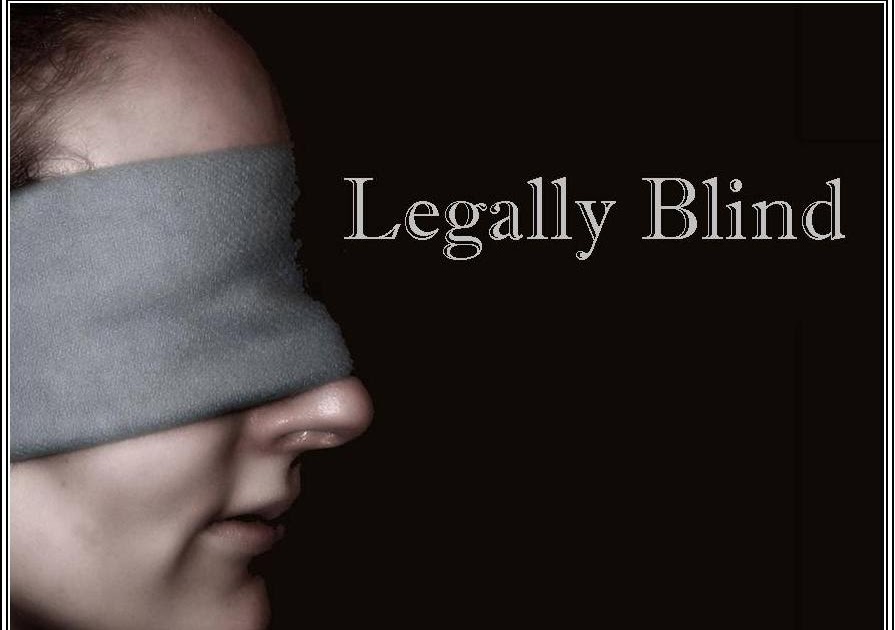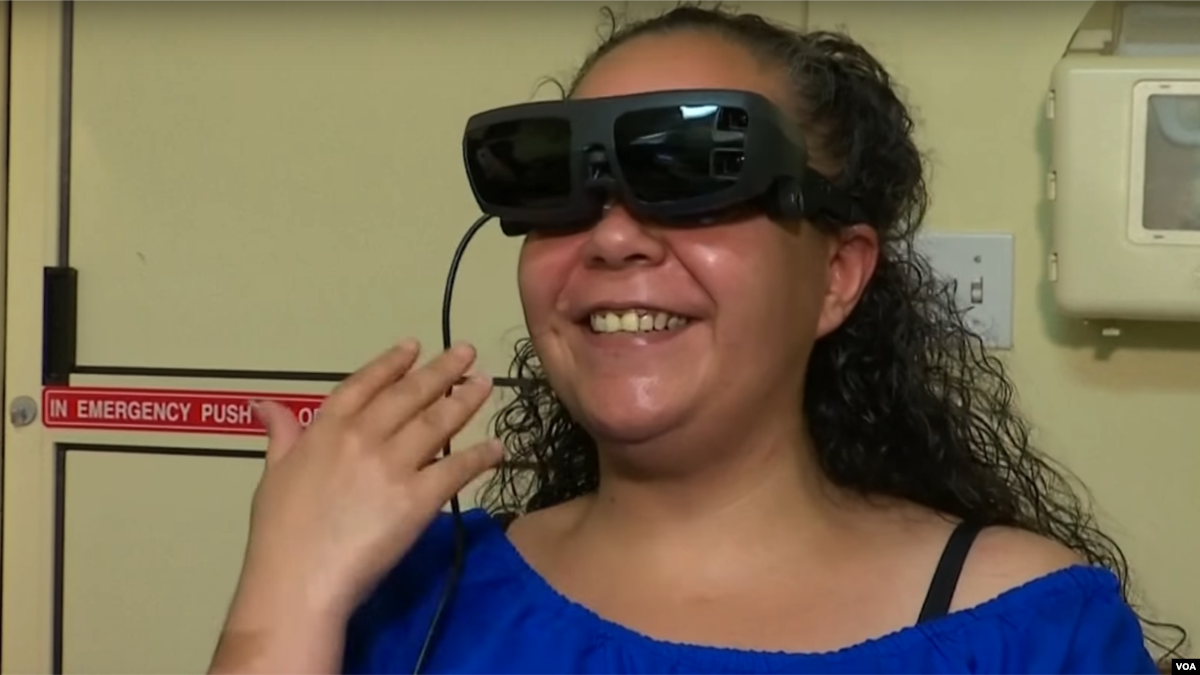
You might be able to see objects at a distance but your peripheral vision might be impaired like tunnel vision. If it improves when you put on your glasses or contacts, you’re not considered legally blind. Your vision might fall below 20/200 without them. They’ll measure your eyesight while you’re wearing glasses or contact lenses. Your eye doctor will check your vision during a standard eye exam. Legal blindness, by definition, is based on the best-corrected visual acuity of the better-seeing eye.

There is no such thing as legal blindness “with my glasses off.” There is also no such thing as being legally blind in one eye. The state of legal blindness is determined while you’re wearing your latest glasses prescription. Under the new criteria, if a person’s visual acuity is measured with one of the newer charts, and they cannot read any of the letters on the 20/100 line, they will qualify as legally blind, based on a visual acuity of 20/200 or less. Update: In 2007, the Social Security Administration updated the criteria for measuring legal blindness when using newer low vision test charts with lines that can measure visual acuity between 20/100 and 20/200.

You are also considered legally blind if you have a visual field (the total area an individual can see without moving the eyes from side to side) of 20 degrees or less (also called tunnel vision) in the better-seeing eye. Some conditions, like glaucoma, cataracts, and diabetes, can affect your sight to the point that you may be diagnosed as legally blind. That means if an object is 200 feet away, you have to stand 20 feet from it in order to see it clearly but a person with normal vision can stand 200 feet away and see that object perfectly. If you’re legally blind, your vision is 20/200 or less in your better-seeing eye. That means you can clearly see an object 20 feet what others can see at 20 feet. If you’re legally blind like 1.3 million people in the United States, you can still see - just not that clearly. If you’re completely blind, you can’t see any light or form. It is not the same as being totally blind.

The government uses the term “legal blindness” to decide who can get certain benefits, like disability or job training. It’s a level of vision defined by the United States government. Legal blindness is not what most people think it is.


 0 kommentar(er)
0 kommentar(er)
